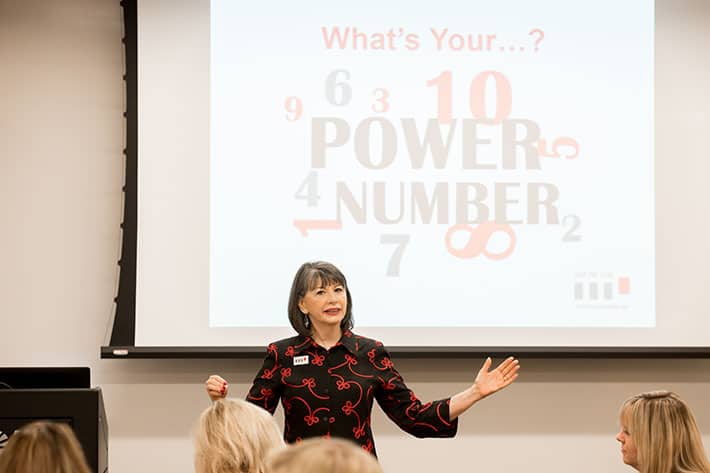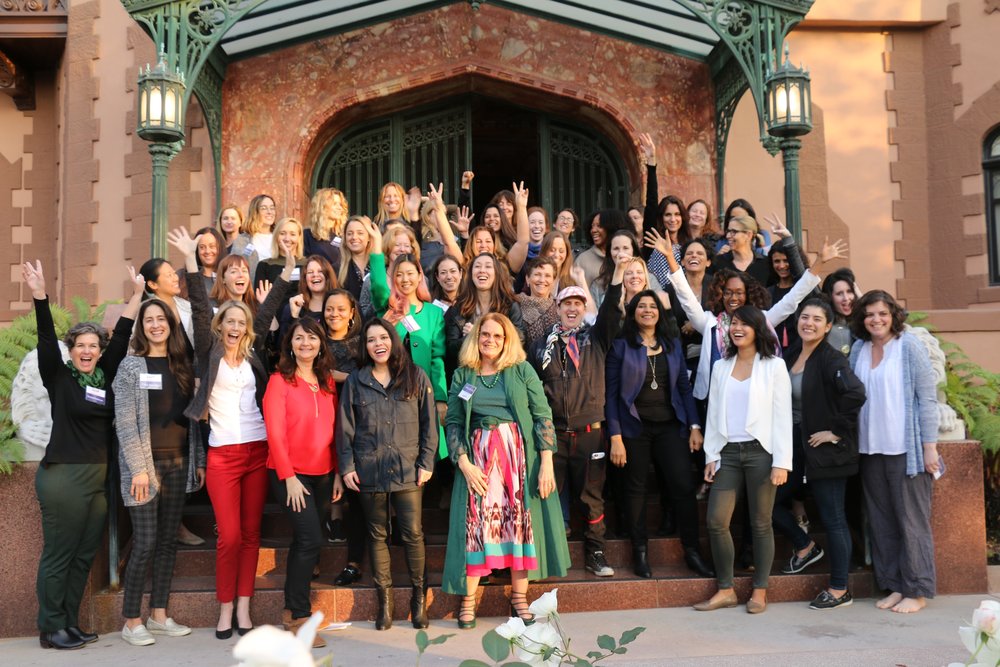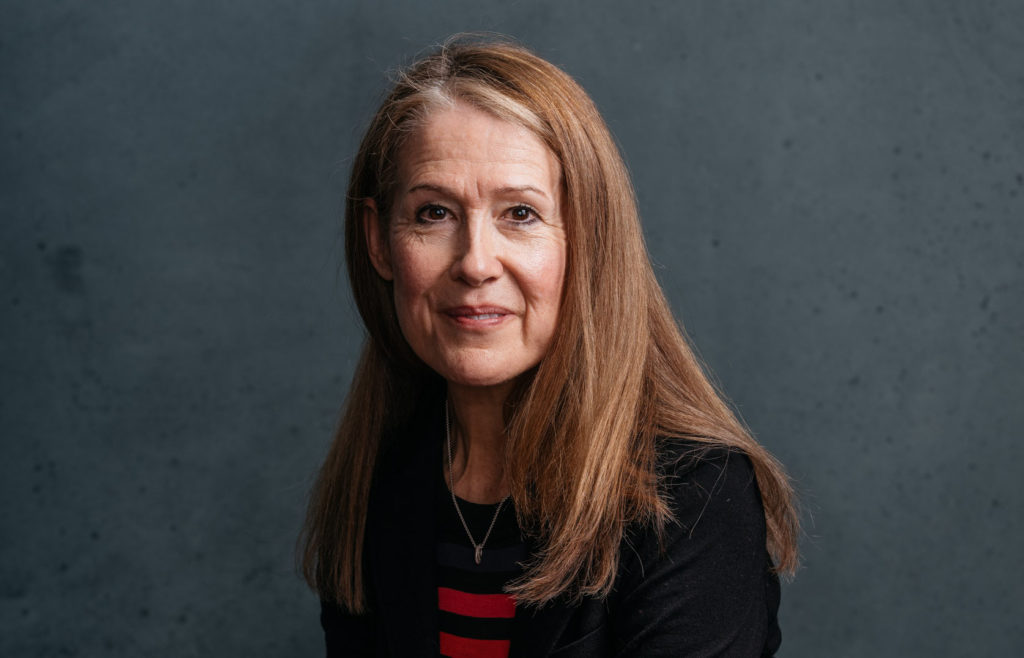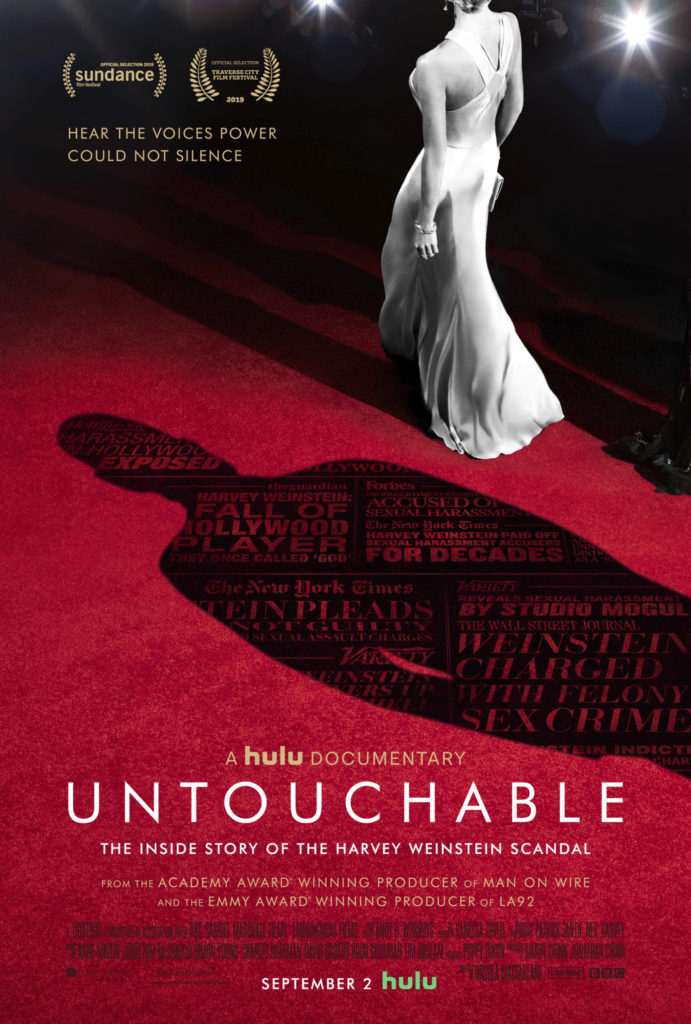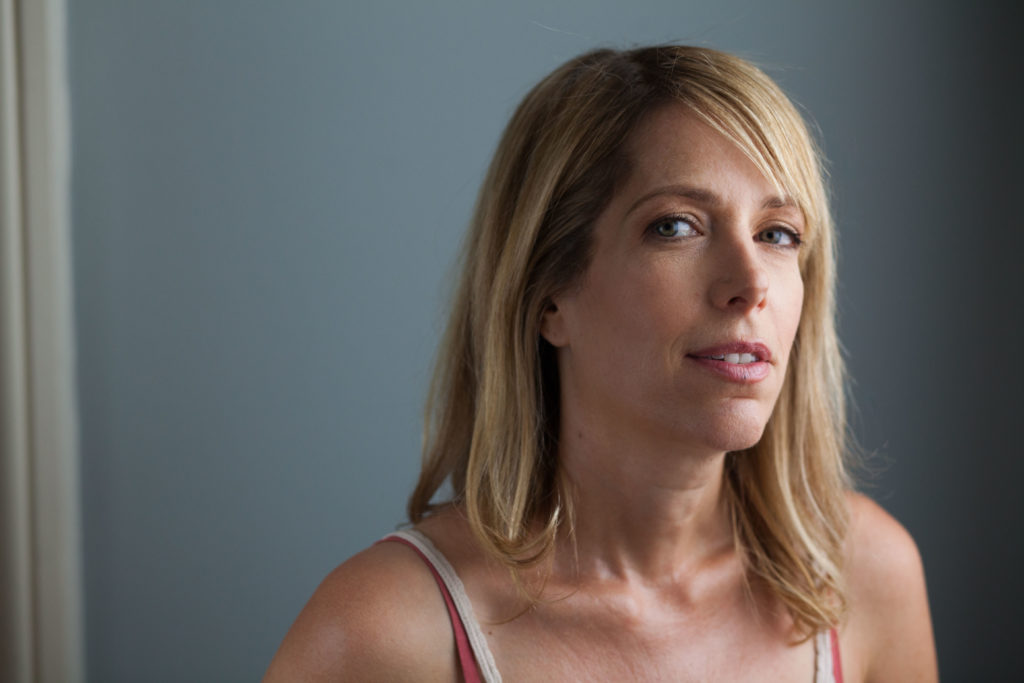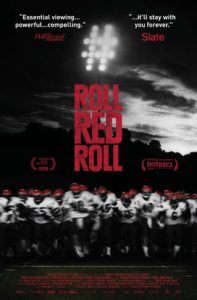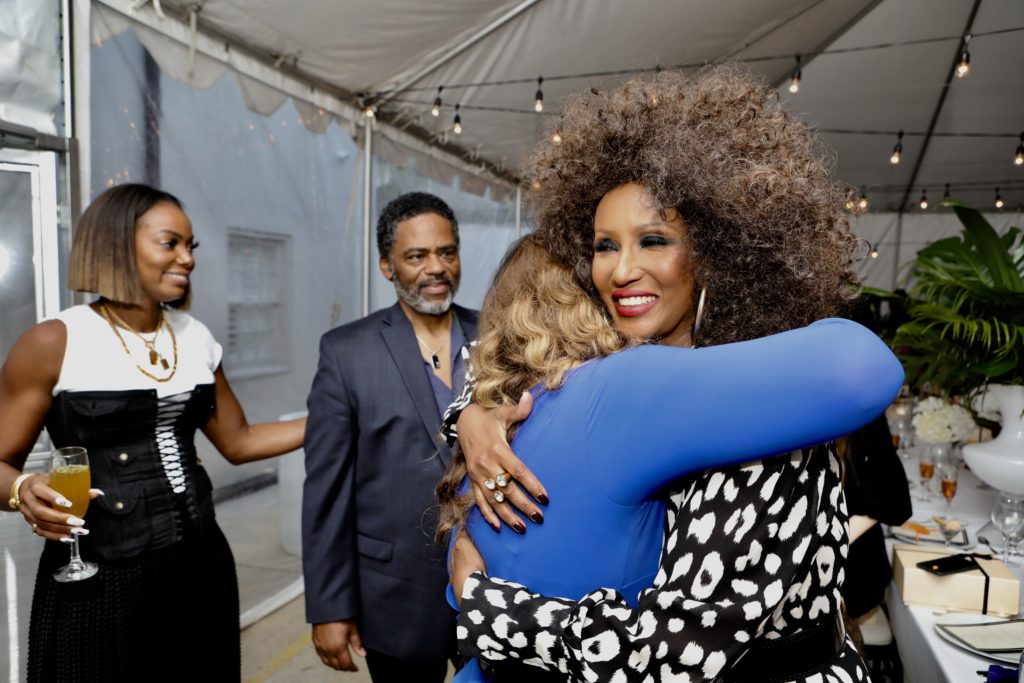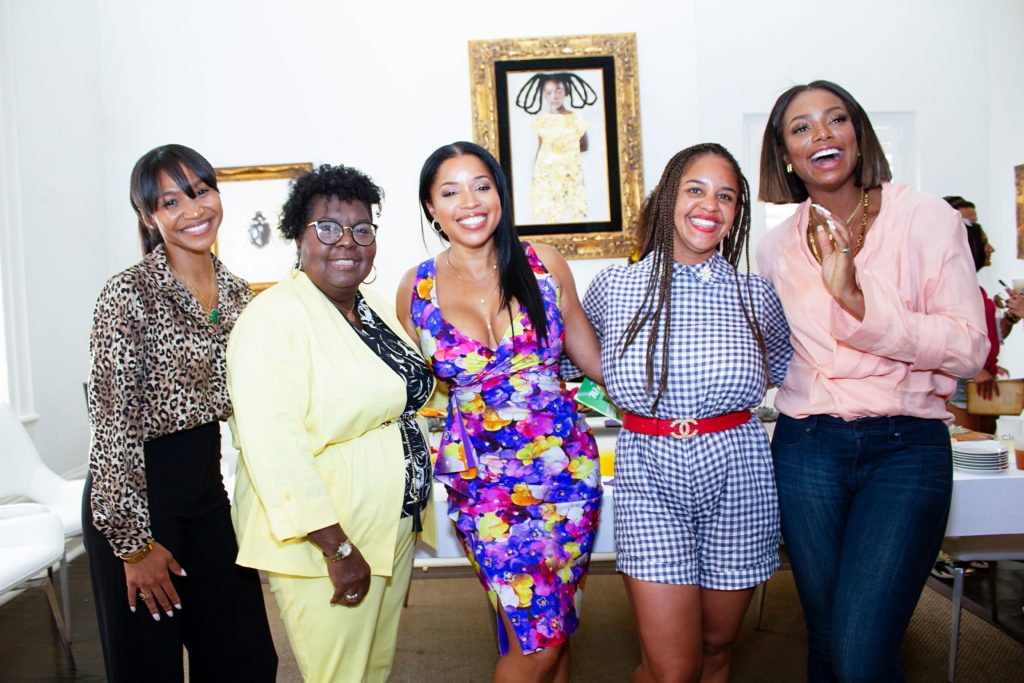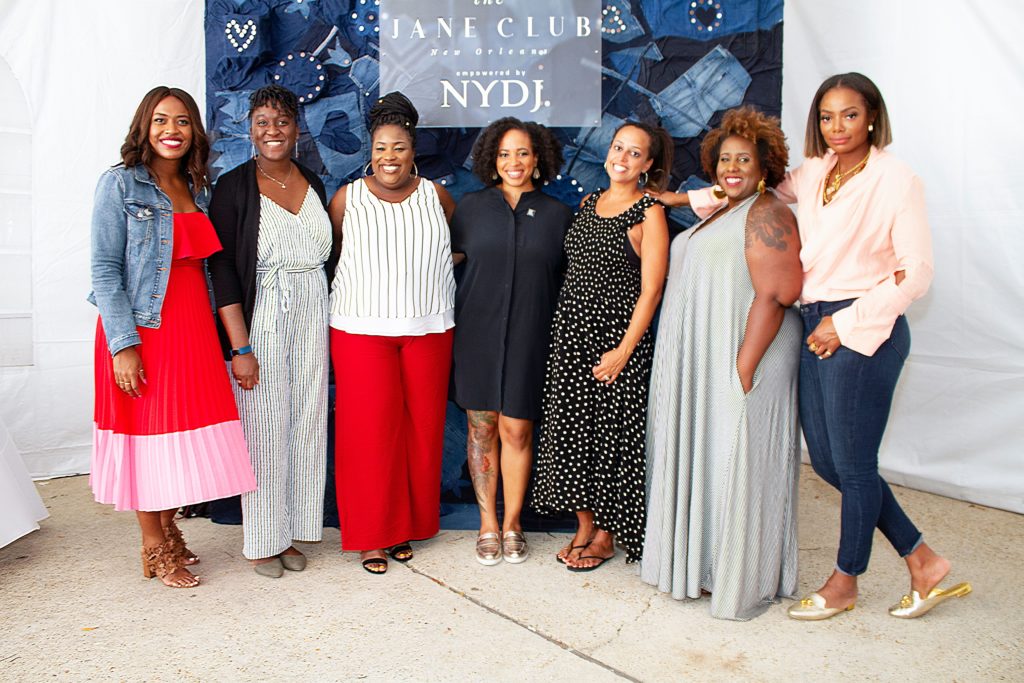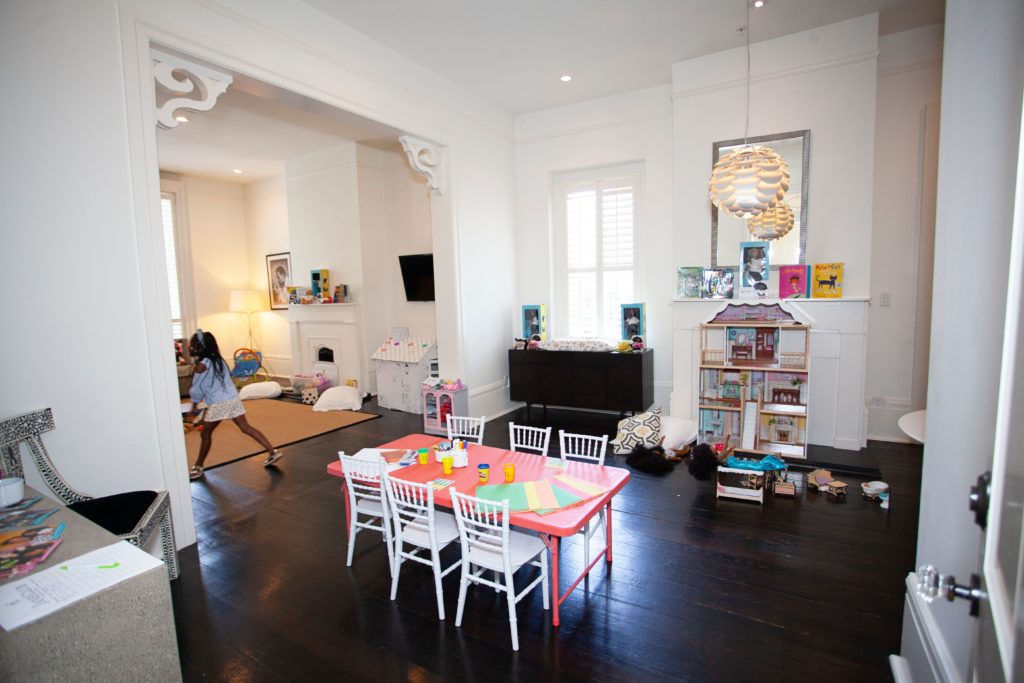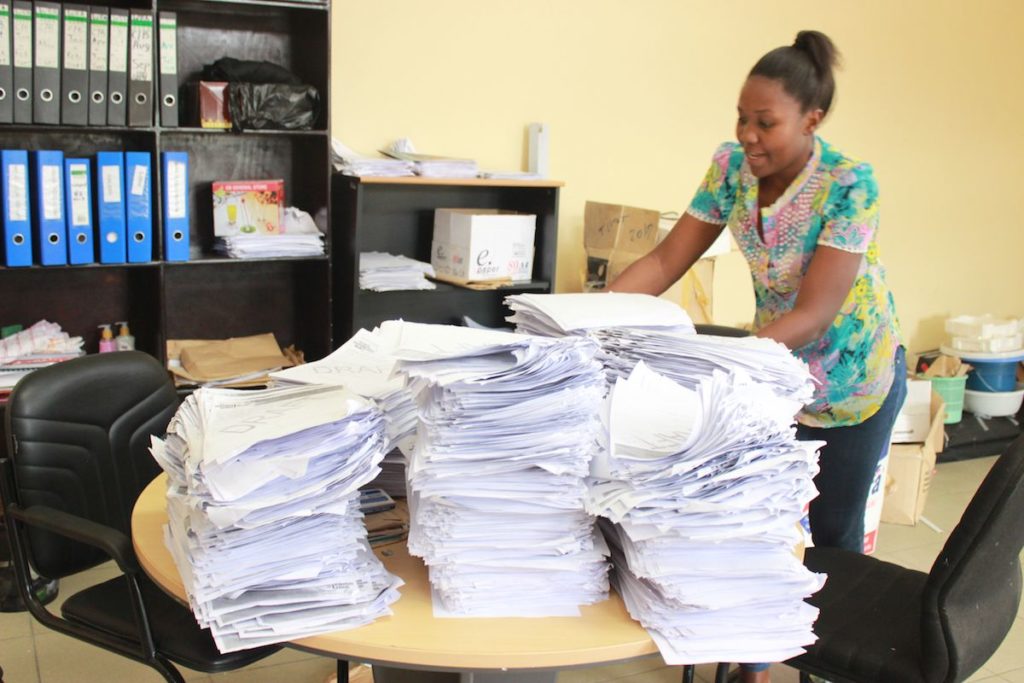
This post is of course modified from a Twitter thread, because this time my resolution is to be even more Online.
I came out in 2010, so this new year has particular resonance for me: It’s the span of time housing my entire queer, feminist career. These are things that I wrote that I am most proud of from the last ten years.
First up: This fucking essay for Autostraddle. This essay that was so scary to write. This essay that is now something I read to myself often. This essay that my mother read when we finally could talk again. This essay is everything.
I’m Not Broke As F*ck Anymore, Does This Mean I Made It (Autostraddle)
I spent the summer of 2010, 2011, and 2012 living on ten dollars a week and nothing more. I didn’t leave the house a lot, and I made up for it by living with people I loved. Everyone was always marveling over how I was able to handle it, able to cope with the stress of it, able to enjoy it. Nothing about it felt different than any other chapter in my life.
I went on to do so much with Autostraddle—claiming a variety of beats, but most importantly the Eileen Myles beat. It has been ten years of dykedom. I have never regretted being an Eileen Myles type, not once the entire time.
Idol Worship: Ten(ish) Questions with Eileen Myles (Autostraddle)
Do you still write yourself in for President? You should run again so I can.
I don’t. But it was an unparalleled writing experience to see that white space on the ballot and put in your own name. I’d advise anyone to try it and then think about what it means. To the extent that people joke about my campaign and about lesbians in general I think an enormous amount of repression is surrounding what a woman might want.
I often think about what my girlfriend said (which is on a napkin on my bulletin board over my desk) when she wondered “how palatable will women have to make themselves as artists in this depression.”
It’s a depression the size of the world and we fill it by thinking about it I believe.
And of course, while at Autostraddle I also claimed the feminism beat—and became the feminism editor. This essay unfortunately never stops being salient, but that’s okay because I never get tired of sharing it.
Our “False Rape” Hysteria is Bullsh*t (Autostraddle)
I need to repeat this one more time, with feeling, to get everyone to understand what I’m saying. 20 percent of women are raped in their lifetime, but we’re actually concerned with less than one percent of the population, most of whom could still function with impunity through a trial and probably never face time in our current legal system for sexually violating someone else, being falsely accused of a crime which, most of the time, nobody is even actually falsely accused of. We, as a society, are more concerned about men being falsely accused of rape – something they are more likely to win the lottery than ever experience – than we are with women being raped every day.
One of my other beats at Autostraddle was “coming out feelings.” I had so many! I most eloquently wrote them down the year i didn’t come out for thanksgiving.
You Don’t Have To Come Out On Thanksgiving: On Going Home and Being Quiet (Autostraddle)
I still want my big coming out at the dinner table, right from my own chair where I’ve sat since I was promoted from The Kid’s Table. I want to be sitting next to Brittany and I imagine that when it happens I’ll be fearless, looming above the turkey and grinning like a dipshit. I imagine, too, that it will be a turning point and we will finally be able to talk to one another again over gravy and biscuits.
I don’t know when I’ll be ready for that to happen. But I know I will love everyone at the table more in that moment than I ever have before.
All of those post-mortems paved the way for the BuzzFeed essay I wrote on coming out—or really, waking up. I remember being so excited to be part of the pantheon of BF contributors, and so overwhelmed by the response to this piece.
I Didn’t Always Know I Was Gay (BuzzFeed LGBT)
The year I turned 20 was the year I became the sum of a thousand small brown boxes and sleek gray envelopes. Neat, tiny packages of boyshorts in every color with athletic waistbands arrived at my door. A vintage brown leather jacket made its way to me from the 1980s, so authentic I had to cut the shoulder pads out. The used brown leather lace-up boots I would wear for the next three years before they fell apart again and again and again arrived last, in a small box at the end of winter. They were a perfect fit.
The shopping was a ritual. Each time, it went the same way: I ripped open boxes and plastic shipping envelopes and peeled back stickers and seals and marveled at things that felt like the limbs I didn’t realize I’d lost in the war. I tried them on alone and then put them away, pristine and almost untouched, tiny reminders of who I might be — if I could ever decide who that was.
Once I was done with the coming out feelings, I got to move on to the relationship feelings. Cue: The essay I wrote about being in a long-distance relationship, and the exhilarating experience of running away and being someone new.
My Long-Distance Relationship is My Favorite Adventure (Autostraddle)
When Geneva and I were driving from Los Angeles to Las Vegas in a rented convertible, I saw an entire cloud floating next to the highway in the sky over the desert. I could see it spanning what looked like the whole of the sky to the right of us, almost touching my shoulder. I watched it graze the universe on top and I saw rain pouring out of it in the distance and somewhere in the middle, there was a lightning bolt like a heartbeat.
I could have fit my entire life in that cloud. My entire fucked-up, tiny, timid life. It only took us five minutes to drive past it.
Wild Child West—the live documentation of the road trip that changed my life—helped me come home to myself years later. I don’t regret being so cheesy and sincere, not for a second. Los Angeles deserves that. (And stay tuned: more like this is yet to come.)
Wild Child West: I Am Gonna Do This (Autostraddle)
I told myself I would do what any rational human being does. I told myself I would look for a sign. And suddenly, they were everywhere.
So I made a checklist:
1. Save money
2. Learn to drive
3. Develop faith in the universe
If you like reading my journal entries, you’ll also like reading excerpts from my secret tumblr. (This selection also appears in We Spoke, the book based on a marathon reading I did in Los Angeles.)
22 Excerpts from Carmen’s Secret Tumblr, 2012 – 2015 (Autostraddle)
i didn’t really have any expectations for this place when i moved here, only expectations for me, which might explain why i have trouble deciding whether or not it’s working out so far. all i have now are my new life resolutions: learn how to do yoga, take eli to the park every morning at 7AM, drive on the freeway alone, write more, cook new things, figure it out. i called my mom when i got back from canada and told her i was alone, really alone, and it feels weird, y’know, to wake up by myself and walk eli by myself and be bored by myself, and all she said was “that’s what you wanted,” and she’s right. this is the hard part i was dreaming about before i actually had to look it in the face. this is the part where i change.
The pursuit of freedom is the thruline—and Everyday Feminism gave me space to vocalize how badly I wanted all of us to be free. I’d forgotten about this piece until someone quoted it back to me. Hearing it reminded me that my words (and work) had meaning.
A Reclamation of Our Personal Rights as Working-Class Queer Women (Everyday Feminism)
You have the right to survive. To live without fear. To live without an extra burden. To find relief and salvation. To feel entitled to relief and salvation.
This world will tell you, over and over and over again, that your survival is secondary. That in exchange for your hustle, for your strife, for your struggle, you’ve won no right to truly live. That what you are is not enough to be worthy of thriving. That who you are disaqualifies you from the fullness of life and the richness this world has to offer. That no matter how hard you work to define yourself, you will always be a trope, or a token, or an outlier.
The world will always be wrong about this.
All of that was prep for 2016: the year in which I churned out Hillary Clinton content like a lean, mean, childhood-dreams-being-fulfilled-in-real-time machine. I still want it for Hillary. I still wish it had happened for all of us.
I Want This For Hillary / I Want This For All Of Us (Argot)
I didn’t think she would do it, despite the incessant purporting that Hillary would somehow crawl out of her grave to run again if she had to. Surely she was too defeated. Surely she was too bruised. Surely a woman who had suffered through what she had suffered through would never sit down and decide to do it again.
I have long admired Hillary Clinton for her tenacity. Perhaps the reason I’ve wanted this for her for so long is because it’s evident how much she wants it. Not because she is an evil witch running wild with the fever of her own ambition. Not because she is a manipulative insider hellbent on ascertaining power. Hillary wants to be president because she believes in her work. Because she believes in her vision. Because she believes in herself.
I never want Hillary Clinton to smile graciously in the face of defeat again. I want her to rise. I want her to overcome. I want her to win, and I want her to rub it in our faces even though she never will. I want her to talk to God. I want her to cut the ribbon when they put her pantsuit up in that museum. I want her to prove my mother wrong.
I want that fire in my chest to burn even brighter. I want it this time to be lit not with the need to prove everyone wrong, but instead with the righteous indignation of all the women who finally have.
when i wasn’t writing about hillary, i was telling men not to run for office—in one case, with the support of a men’s magazine.
The White Guy Asking White Guys Not to Run for President (MEL Magazine)
White men in America make up a much larger share of the political world than they do the population, which means that their overrepresentation is directly connected to the underrepresentation of everyone else. Women are less than 24 percent of state legislators and less than 20 percent of Congressional seats; African Americans are only 8.1 percent of state legislators, and though the 114th Congress is the most diverse ever, that body is still only 17 percent non-white.
2016 was also the year I turned my biweekly “Rebel Girls” column for Autostraddle into a feminist political history marathon—and watched every campaign ad in television history for one longread I published with them.
Rebel Girls: The 5 Kinds of Women (and Girls) in Presidential Campaign Ads (Autostraddle)
Many say that JFK won the presidential election in 1960 at least in part because he looked way better in the first-ever televised presidential debate than his sparring partner, Republican candidate Richard Nixon, who was sweating profusely and didn’t have the media training under his belt to urge him to look the camera deep in the eyes and make sweet love to it. (The televised debate has now become the bread-and-butter of elections.) And although AM and FM stations certainly captivated us all before video killed the radio star, presidential campaigns embraced television in 1952 and never looked back.
And thus, the “living room candidate” was born.
Being able to communicate with voters in the comfort of their own homes was invaluable in elections moving forward, especially as television became even more central to the daily lives of people across the country. And although campaign ads have evolved — from lengthy, black-and-white monologues to quick, dynamic spots in full color; from endorsements to attack ads; from common sense to fearmongering — there’s been a consistent flow of ads centered around or openly targeting women voters ever since.
Those ads utilize women as judges of character, symbols of peace and innocence, advocates for men, and the voices of families and authorities on the home. But only rarely do the ads featuring women’s voices and faces since the dawn of the televised presidential campaign actually address what we’d flat-out call “women’s issues” — things like reproductive rights, an end to sex discrimination and violence against women, closing the pay gap and more. Instead, ads featuring women have often served the opposite purpose: reinforcing gender roles and showcasing the sexism of the day.
I flew home for my grandmother’s funeral the day after the 2016 election, and i wrote a letter to Hillary on the plane, and the woman next to me looked to her left and started to cry. And then Argot published it in print.
Dearest Hillary (Argot)
My grandmother died imagining two things, things I juxtapose against reality now multiple times a day: She imagined you becoming President, walking out on stage in a white suit and changing everything. She imagined me looking on in awe, eyes welling with tears, finally watching my longest-held dream come true. She hurried her two daughters out of the hospital room on the day she died with one final instruction: “Vote.” They did. You won New Jersey, the state where I grew up, where she raised me. I called my grandmother’s home number to ask her how it felt to know that soon we would have our first woman president. My aunt answered on the third ring, kept telling me my grandmother couldn’t come to the phone right now, promised me she had voted. I imagined my grandmother walking into that booth and voting for you. It was a vision that left me in awe of our nation’s ability to grow and expand and progress.
That was all a dream. This was all a dream. The greatest dream there ever was, I think.
When Signs Journal asked me to reflect on Hillary’s loss, and Susan Bordo’s analysis of it, I leapt at the opportunity—because Hillary, and also because did I mention it was *the* Signs Journal, y’all. (Ignore everyone. Major in women’s studies.)
Taking the Bait: Our Furious and Frustrating Existence (Signs Journal)
In Trump’s America, I find myself often wondering how we got here. I know why, though it seems unfathomable. All this because when confronted with an honest and accomplished woman, too many of us still react with scorn and disbelief. All this because when men reduce women to stereotypes, we hardly blink.
We all knew the first woman president would have to walk through hell to get there. More unimaginable is that if we refuse to see the factors that turned Clinton from a beloved public servant into a fictional monster, countless others won’t safely make it through.
All of that leads to Ms., where I started in advance of the 2016 election and have since been editing in its wake. I’m proud that before the mainstream media thought it mattered, we were exposing trump’s damage and demagoguery.
A Week in Donald Trump’s America (Ms.)
The violence is not temporary. The terror is not temporary. The emboldening of right-wing extremism is not temporary.
Donald Trump, after five days, said only two words about the widespread acts of violence and harassment happening in his name across the country he intends to “unify.” Those two words? “Stop it.” Needless to say, the statement is too little, too late.
This is Donald Trump’s America. He created it. It is true that he was aided in doing so by traditions which date back centuries—racism, sexism, ableism, xenophobia, homophobia, transphobia—but this is Donald Trump’s America.
Our President-Elect has spent the better part of the last two years inciting hate and condoning violence against marginalized communities he scapegoated for the very real challenges our nation is facing. The end result is hate and violence.
This is Donald Trump’s America. Nothing he says will stop him from being accountable for it. Now we must fight like hell to take it back.
While Trump insisted there were two sides to every story and every struggle—in Charlottesville or elsewhere—I was proud to know better, and to work somewhere where I could say as much.
There is Only One Side (Ms.)
“There are not many sides to Charlottesville,” journalist Sarah Kendzior wrote in the Globe and Mail. “There is the anti-racist activist who was killed, and the white supremacist who killed her. There is the mob chanting the Nazi cry of ‘blood and soil,’ and the citizens demanding equality and respect. There is the confederacy, and there is the United States. There are the torches of neo-Nazis and the torch of the Statue of Liberty. There is Donald Trump and there is patriotism. There is one right side, and the President is not on it.”
This is not a situation with many sides. As a nation, we must decide where we will stand: on the side of hate and violence or the side of love and equality. If the Trump administration cannot decide which they choose, we will just have to dig in our heels as we fight for ours.
I was also incredibly proud to write the generation-defining “Which Trump Are You?” quiz for THE BOSSY SHOW, which I co-hosted and co-produced with Jill Gutowitz during Trump’s first year. (Spoiler Alert: I was proud of every episode of THE BOSSY SHOW.)
And yes, I did marathon season one of The Handmaid’s Tale; and yes, it did give me a reason to get out of bed; and yes, I did write an entire piece about the urgency of its message. But I stand by what I said. I will not go to fucking Gilead.
We Will Not Go to Gilead (Ms.)
“Now I’m awake to the world,” Offred, the narrator of The Handmaid’s Tale, explains. “I was asleep before. That’s how we let it happen. When they slaughtered Congress, we didn’t wake up. When they blamed terrorists and suspended the Constitution, we didn’t wake up then, either. Nothing changes instantaneously. In a gradually heating bathtub, you’d be boiled to death before you knew it.”
The parallels between Atwood’s dystopia and our own reality have become crystal clear. And women are awake to them—and ready to stop them.
We will not go back. We will not go to Gilead. We will instead heed Atwood’s warning—to speak up before it is too late, and to fight no matter how powerless we are made to feel.
But also: tThis was a lot to handle! And I burned out! And so, one of the first episodes of POPAGANDA that I wrote (and produced! and hosted!) for BITCH explored feminist visions for a different world of doing good work.
Popaganda: Feminism Beyond Burnout (Bitch)
The World Health Organization brought the buzz over burnout to a fever pitch this May when they included it in their 11th revision of the International Classification of Diseases, calling burnout an “occupational phenomenon” and defining it as “a syndrome conceptualized as resulting from chronic workplace stress.” They identified three major dimensions of burnout: depletion or exhaustion, increased mental distance from a job, and growing feelings of cynicism at work, as well as reduced professional effectiveness.
Months earlier, Anne Helen Peterson set that buzz into motion with her viral BuzzFeed essay on millennial burnout, coming to a different conclusion than the WHO, which cautioned that burnout shouldn’t be used to apply to conditions outside of work. “Burnout and the behaviors and weight that accompany it,” she asserted, “aren’t, in fact, something we can cure by going on vacation. It’s not limited to workers in acutely high-stress environments. And it’s not a temporary affliction.” According to Anne, it’s the “millennial condition…our base temperature… our background music… the way things are… our lives.”
But for feminists around the world, these conditions are hardly new, and there are no neat lines around them. To be a feminist is to constantly be inundated with passion and anger, with urgency and with exhaustion. To be a feminist, in too many ways, is to get fired up until you fizzle out.
After a decade of feminist work, I also sought solace and inspiration from Barbara Smith, Cherríe Moraga, Karla Jay, Carol Leigh, Sarah Eagle Heart, Charlene Carruthers, Daisy Hernandez and Julia Serano—and talked to them about how all of us can blaze trails for the podcast. That episode was also kind of a homecoming: I’ve been reflecting on how we can build a bigger, better feminist movement since I first fell into it.
4 Things We Can Do to Make Feminist Organizing More Inclusive and Empowering for All of Us (Everyday Feminism)
When I was a senior in college, I became director of my campus’ high-powered feminist organization. I’d wanted the position since I started at my university, but a lot had changed for me by the time I got it.
I had come out as queer, come into my identity as a Latina, and come to embrace a lot of the parts of my life I’d been ashamed of. I’d learned to live in opposition to society’s ideals, rather than allow myself to be weighted down by them. My feminism and how I went about pushing for progress shifted in a similar direction.
I was one of the first women of color and queer women – and likely, one of the first from a working-class background – to take charge of that group. I came armed with ideas and visions, scheming up how to massively grow our membership while also increasing successes across the board from previous years. I also came into a role that forced me to examine our flaws and our challenges.
One of those challenges was getting more people who looked, identified, and felt like me involved.
And speaking of freedom roads: Moraga and Sarah M. Broom’s books helped me chart my own course toward one this year. I was so proud to write about Native Country of the Heart and The Yellow House and my own working-class childhood for City Lab in August.
A Yellow House, a Native Heart: Life in New Orleans and Los Angeles (CityLab)
Until recently, I never knew where to take my friends when they come to Los Angeles. It isn’t that my life never collides with the myth of Los Angeles—I’ve brunched next to celebrities, walked Rodeo Drive and insisted on going inside a Chanel boutique, stood on both sides of a step-and-repeat. But those moments were aspirational, not comfortable. Those moments were about squeezing myself into a proscribed narrative. Those moments were tiny glimpses into massive myths.
Since I arrived, I’ve been hungry to unearth another version of the city—one obscured by the tourist guides to LA’s historic steps or maps of Charles Bukowski’s favorite bars. I looked endlessly for books about women of color in Los Angeles; books about queer, working-class people in Los Angeles; books about anyone who looked like me, felt like me, loved like me, longed like me, in Los Angeles.
Then I read Native Country of the Heart.
